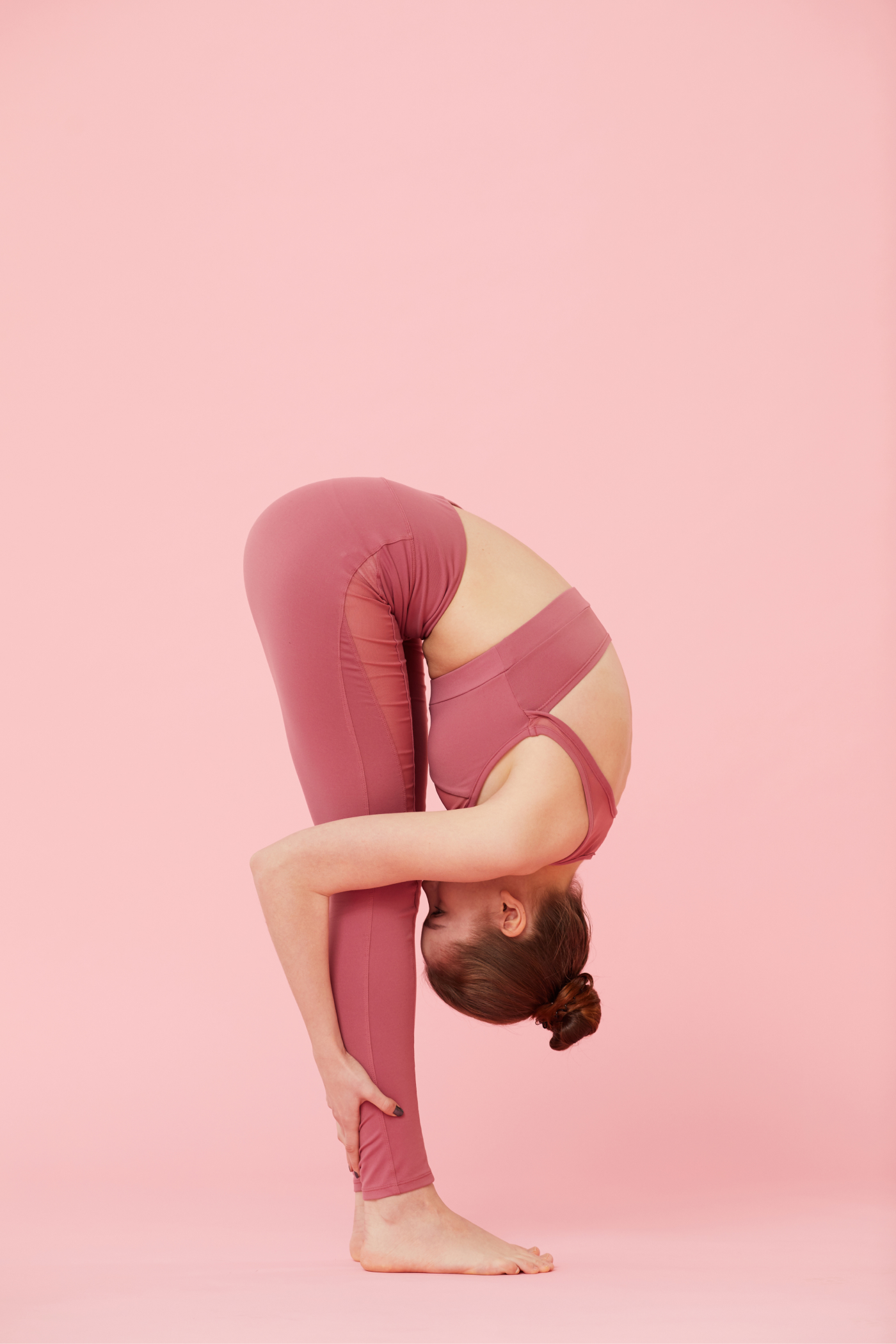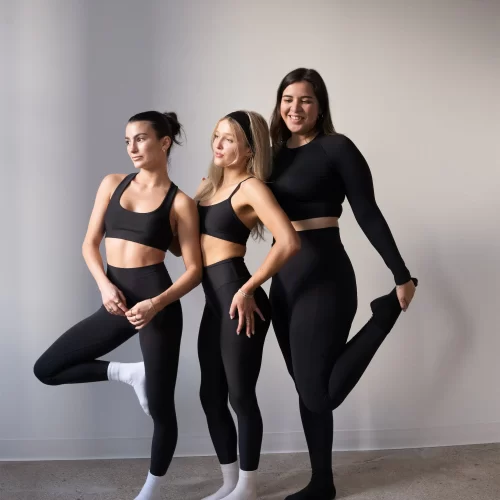In the realm of fitness, Pilates has long been recognized not just as a workout but as a pathway to enhancing overall health and vitality. Among its myriad benefits, one of the most significant is the improvement in posture and flexibility it offers. This article delves into how Pilates achieves this and why these changes are so beneficial for practitioners of all ages.
How Pilates Improves Posture
One of the foundational goals of Pilates is the enhancement of posture. It’s built on the principle of proper alignment and precise movements. By consistently practicing Pilates, individuals can develop a stronger core – the abdominal, lower back, hip, and pelvic muscles. A robust core is essential for maintaining proper posture as it supports the spine, allowing one to stand straighter and more stable.
Pilates exercises require one to maintain alignment and control over their movements, which directly translates to being more mindful of how one sits, stands, and moves in day-to-day life. Over time, this mindfulness transforms into a habit, effectively correcting poor postural habits and reducing the risk of related injuries.
The Role of Flexibility
Flexibility is another cornerstone of Pilates. The exercises in Pilates stretch the muscles and increase the range of motion in the joints. This greater flexibility not only helps improve posture but also reduces stiffness, enhances mobility, and decreases the risk of injuries by making the muscles more pliable and less prone to tearing.
Regular Pilates practice can lead to significant improvements in overall flexibility, particularly in the back, shoulders, and legs. This is crucial for older adults as flexibility typically decreases with age, impacting the quality of life and independence.
The Benefits of Improved Posture and Flexibility
Improving posture and flexibility through Pilates offers several tangible benefits. Firstly, correct posture helps ensure that the body uses its muscles more efficiently, reducing wear and tear on the joints and alleviating pain. This can lead to fewer headaches and less neck, shoulder, and back pain, which are often caused by poor posture.
Moreover, increased flexibility aids in the performance of daily activities, making movements smoother and less strenuous. It can also enhance athletic performance by allowing for greater range of motion and reducing the chances of sports-related injuries.
Conclusion
Pilates is more than just exercise; it’s a holistic approach to health that offers significant benefits beyond simple fitness. The improvements in posture and flexibility fostered by Pilates not only enhance physical health but also contribute to greater well-being and a better quality of life. Whether you’re a seasoned athlete or just starting your fitness journey, incorporating Pilates into your routine can help you achieve a more balanced and healthy body.


